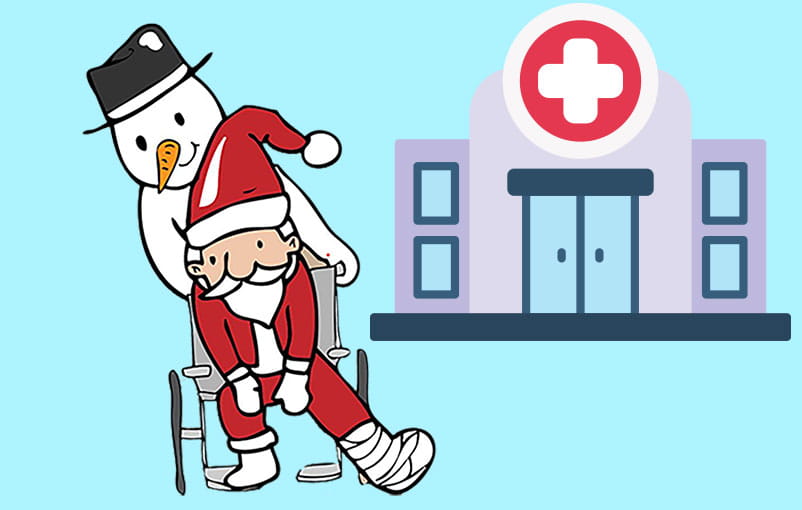Standing Up Against Domestic Violence
One in every four women and one in seven men in the U.S. will experience domestic violence. This means about 10 million men and women are victims of domestic violence each year here in America. While the statistics are alarming, it’s important to remember that there is help out there for those who experience domestic abuse.
Signs of Domestic Abuse
Often, victims of domestic abuse are abused by an intimate partner ̶ either a spouse, a boyfriend/girlfriend, etc. In fact, domestic violence is sometimes referred to as “Intimate Partner Violence.”
Many abusers are law-abiding citizens who don’t have criminal records. In fact, they can be anyone you know: a co-worker or even your son’s Little League coach. There is no valid reason as to why someone chooses to abuse another, though often, they feel they have the right to do so and may even think they’re not doing anything wrong.
Many domestic abusers share some common characteristics, including:
- Struggling with low self-esteem
- Having a desire for power and control over others
- Looking at victims as objects, not people
Additionally, some signs of abusive behavior include:
- Trying to control their partner
- Having a possessive nature
- Verbally abusing their partner
- Having a temper or being unable to control their emotions
If you suspect that someone is abusing their partner or family member, make sure to get help right away. You could save someone’s life and help them out of a terrible situation.
Types of Domestic Abuse
Domestic abuse can look different from one relationship to another, and not all abusive situations end in bruises and broken bones. In fact, there are several different types of abuse, including:
- Psychological: The abuser will make up stories or lie so their partner will begin to question their own sanity and feel guilty.
- Verbal: The abuser will use hurtful and insulting words to make their partner feel inadequate or unworthy.
- Economic: The abuser will try to exert control over their partner through financial means, including controlling their spending and budget or limiting their access to bank accounts, credit cards, etc.
- Sexual: The abuser will demand or coerce sex and sexual acts from the victim through force, violence or intimidation.
San Antonio’s Campaign Against Domestic Violence
Here in San Antonio, local and state leaders are addressing domestic violence with the “Love Is” campaign. The campaign’s goal is to educate the San Antonio community about abusive behaviors and relationships and help those who experience domestic abuse find the resources and help they need.
The campaign’s goal is to help those in the community understand what love is and what it is not so people can recognize if a relationship is healthy or not. Additionally, local law enforcement is committing to better respond and help those who are victims of domestic abuse.
For more information about this campaign, or if you or someone you know is experiencing domestic abuse, call 211.
More Resources
There are many organizations that are dedicated to helping those who experience domestic abuse, including:
- The National Coalition Against Domestic Violence
- The National Council on Child Abuse and Family Violence
- The National Resource Center on Domestic Violence
If you or someone you know has experienced domestic abuse, please reach out to someone who can help.
If it’s an emergency, always call 911.




